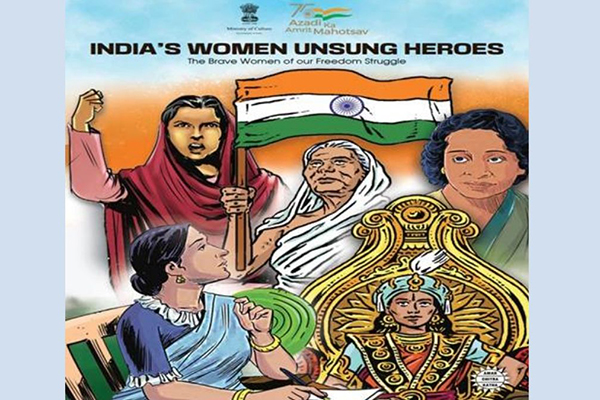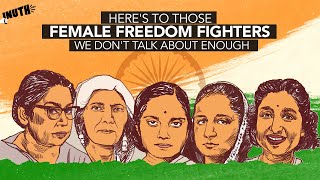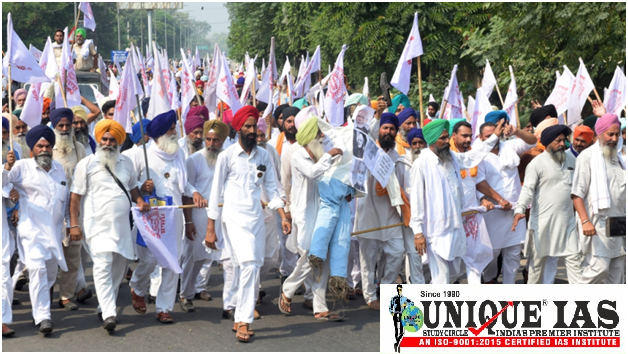WOMEN HEROES OF INDIA’S FREEDOM
Why in news? : In his Independence Day address to the nation from the ramparts of the Red Fort, Prime Minister Narendra Modi hailed “nari shakti”, and urged people to pledge to not do anything that lowers the dignity of women. He paid tribute to women freedom fighters for showing the world the true meaning of India’s “nari shakti”.

Rani Laxmi Bai : known for her role in the First War of India’s Independence in 1857. Refusing to cede her territory, the queen decided to rule on behalf of the heir, and later joined the uprising. Cornered by the British, she escaped from Jhansi fort. She was wounded in combat near Gwalior’s Phool Bagh, where she later died. Sir Hugh Rose, who was commanding the British army, is known to have described her as “personable, clever…and one of the most dangerous Indian leaders”.
Rani Gaidinliu : Naga spiritual and political leader from present day Manipur. She joined the Heraka religious movement which later became a movement to drive out the British. She rebelled against the Empire, and refused to pay taxes, asking people to do the same. She was finally arrested in 1932 when she was just 16, and later sentenced for life. She was released in 1947. Prime Minister Jawaharlal Nehru described Gaidinliu as the “daughter of the hills”, and gave her the title of ‘Rani’ for her courage.
Rani Chennamma : The queen of Kittur was among the first rulers to lead an armed rebellion against British rule. Kittur was a princely state in present-day Karnataka. She fought back against the attempt to control her dominion in 1824 after the death of her young son. She had lost her husband, Raja Mallasarja, in 1816. She is seen among the few rulers of the time who understood the colonial designs of the British. She defeated the British in her first revolt, but was captured and imprisoned during the second assault by the East India Company.
Begum Hazrat Mahal : After her husband, Nawab of Awadh Wajid Ali Shah, was exiled after the 1857 revolt, Begum Hazrat Mahal, along with her supporters, took on the British and wrested control of Lucknow. She was forced into a retreat after the colonial rulers recaptured the area.




.jpg)


.jpg)
.jpg)





